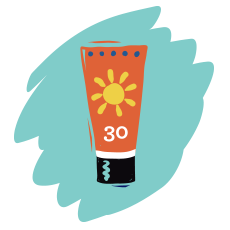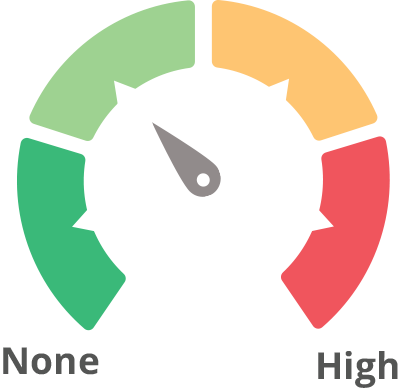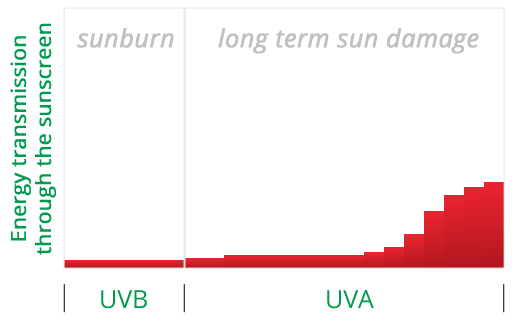

Please note that EWG obtains the displayed images of products from third parties and that the product's manufacturer or packager may change the product's packaging at any point in time. Therefore, EWG assumes no responsibility for the accuracy of images presented.
Close
EWG assumes no responsibility for the accuracy of images presented.
Sunscreens can break down while still in the bottle. To be safe dispose of products when the mixture clumps or separates.







Retailers:Company Website http://www.MDSolarsciences.com/Company Website http://mdsolarsciences.com/Google search https://www.google.com/search?q=MDSOLARSCIENCES%20MINERAL%20TINTED%20CREME,%20SPF%2030
(EWG may receive a commission on purchases made through an Amazon link.)Ingredients from label Actives Ingedients: Titanium Dioxide 2%, Zinc Oxide 17%; Inactive Ingredients: Dimethicone, Caprylic/Capric Triglyceride, Dimethicone Crosspolymer, Dimethicone/Vinyl Dimethicone Crosspolymer, Butyloctyl Salicylate, Glyceryl Isostearate, Polysilicone-15, Camellia Sinensis Leaf Extract (Green Tea), Punica Granatum Extract (Pomegranate), Vaccinium Macrocarpon (Cranberry) Fruit Extract, Tocopheryl Acetate (Vitamin E), Tetrahexyldecyl Ascorbate (Vitamin C), Silica, PEG/PPG-18/18 Dimethicone, Polyhydroxystearic Acid, Triethoxycaprylylsilane, Iron Oxides (CI 77492, CI 77491, CI 77499)
Concerns: Use restrictions (moderate), Non-reproductive organ system toxicity (moderate), Ecotoxicology (low)
Concerns: Enhanced skin absorption, Use restrictions (moderate), Irritation (skin, eyes, or lungs) (moderate)
Concerns: Cancer (low), Allergies/immunotoxicity (moderate), Contamination concerns (HYDROQUINONE)
Concerns: Non-reproductive organ system toxicity (low), Contamination concerns (ETHYLENE OXIDE and 1,4-DIOXANE)
Concerns: Cancer (moderate), Allergies/immunotoxicity (low), Enhanced skin absorption, Non-reproductive organ system toxicity (moderate), Irritation (skin, eyes, or lungs) (low), Occupational hazards (high), Biochemical or cellular level changes (high)
Concerns: Cancer (low), Enhanced skin absorption, Persistence and bioaccumulation (low), Non-reproductive organ system toxicity (moderate), Ecotoxicology (low), Occupational hazards (moderate), Biochemical or cellular level changes (high)
Concerns: Use restrictions (moderate)
Concerns: Use restrictions (moderate)
Concerns: Enhanced skin absorption, Persistence and bioaccumulation (high), Non-reproductive organ system toxicity (low)
Concerns: Irritation (skin, eyes, or lungs) (low)
Concerns: Use restrictions (low)
Concerns: Persistence and bioaccumulation (high), Non-reproductive organ system toxicity (low)






UVA/UVB Balance

EWG's estimate of the UV protection provided by this product. An ideal sunscreen filters UVA and UVB rays evenly, but some sunscreens let too many UVA rays through.
CloseEWG provides information on sunscreen products from the published scientific literature, to supplement incomplete data available from companies and the government. The ratings indicate both efficacy and the relative level of concern posed by exposure to the ingredients in this product - not the product itself - compared to other sunscreens. The ratings reflect potential health hazards but do not account for the level of exposure or individual susceptibility, factors which determine actual health risks, if any. Methodology | Privacy Policy | Terms & Conditions
